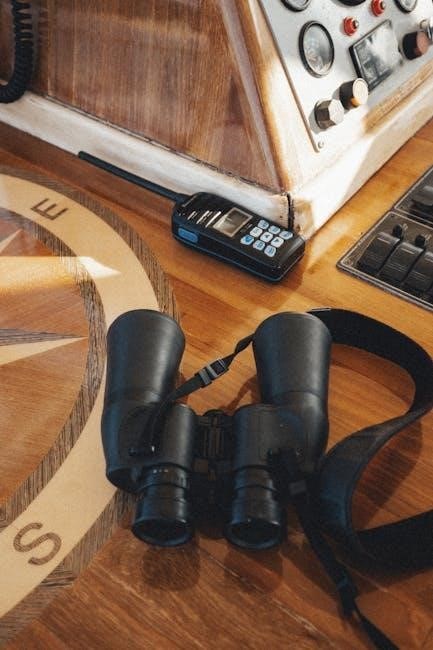General Overview of Radio Controlled Clocks
Radio controlled clocks are timekeeping devices that receive signals from atomic clocks, ensuring accuracy and reliability. These clocks are designed to automatically update during Daylight Saving Time changes, eliminating the need for manual adjustments. The signals received by radio controlled clocks are transmitted from specialized stations, such as the National Institute of Standards and Technology (NIST), which provides a standardized time signal.
Radio controlled clocks are available in various styles and designs, ranging from simple analog clocks to complex digital devices. Some models feature additional functions, such as temperature and humidity displays, while others may include advanced features like GPS synchronization. Overall, radio controlled clocks offer a convenient and accurate way to keep time, making them a popular choice for both personal and professional use.
The instructions for radio controlled clocks typically include information on how to set up the device, including inserting batteries, setting the time zone, and adjusting for daylight saving time. They may also provide troubleshooting tips, such as resetting the clock or adjusting the signal reception. By following these instructions, users can ensure that their radio controlled clock is functioning properly and providing accurate timekeeping.

Setting Up a Radio Controlled Clock
Insert batteries, set time zone, and adjust for daylight saving time using online guides and
- step-by-step instructions
for proper setup and initialization of the clock.
Powering and Initializing the Clock
To power and initialize the radio controlled clock, start by inserting a new set of batteries, typically one or two AA or AAA alkaline batteries, into the battery compartment. Make sure to follow the correct polarity and handling as indicated in the user manual or online instructions. Once the batteries are inserted, the clock will begin to initialize and search for the radio signal transmitted by the atomic clock. This process may take a few minutes, during which the clock’s hands will move rapidly as it synchronizes with the signal.
It is essential to place the clock in an area with minimal interference, such as near a window or away from electronic devices, to ensure a strong and stable signal reception. The clock’s initialization process may involve a series of
- steps
, including setting the time zone, adjusting for daylight saving time, and selecting the language or units of measurement. These settings can usually be accessed through a series of or on the clock’s face or rear panel.
During the initialization process, the clock may display a series of codes or abbreviations indicating the progress of the synchronization process. These codes can be deciphered using the user manual or online resources, which provide a detailed explanation of the clock’s functions and features. By following the correct powering and initialization procedure, users can ensure that their radio controlled clock is functioning accurately and reliably, providing years of trouble-free service. The clock’s
and
can be customized to suit individual preferences, making it a versatile and practical timekeeping solution.
